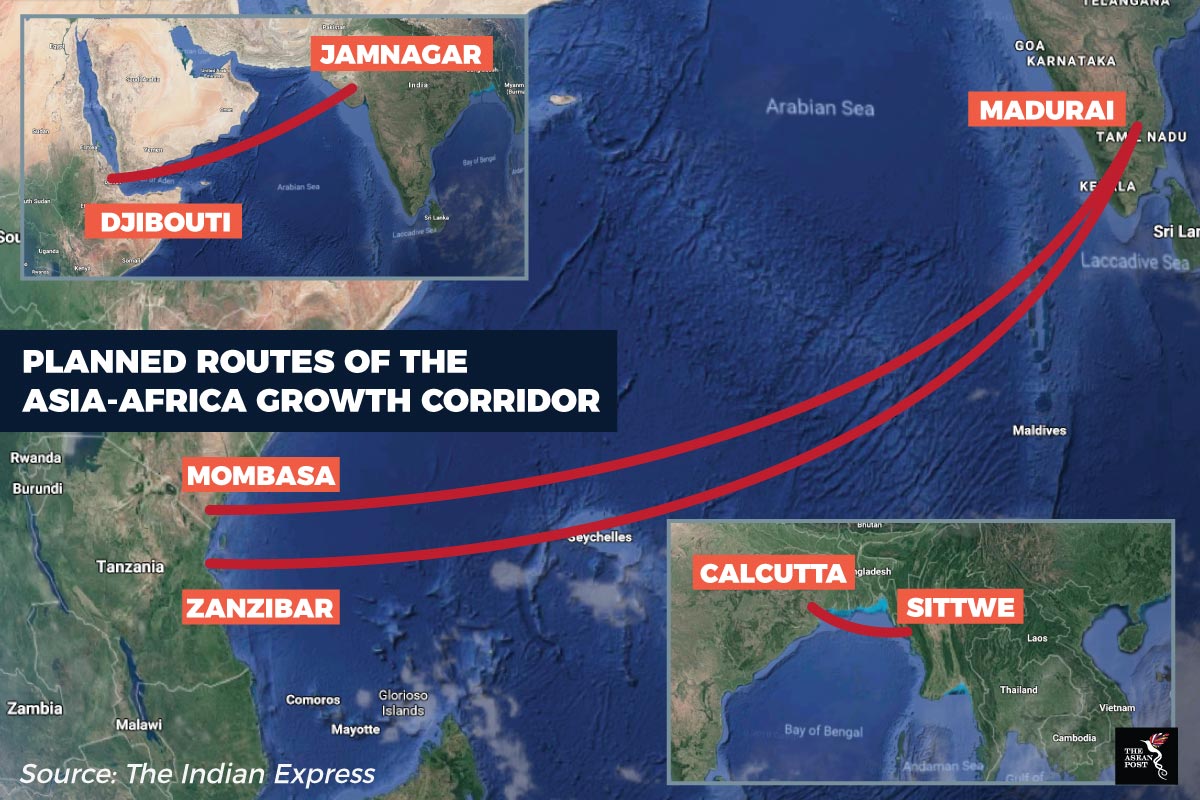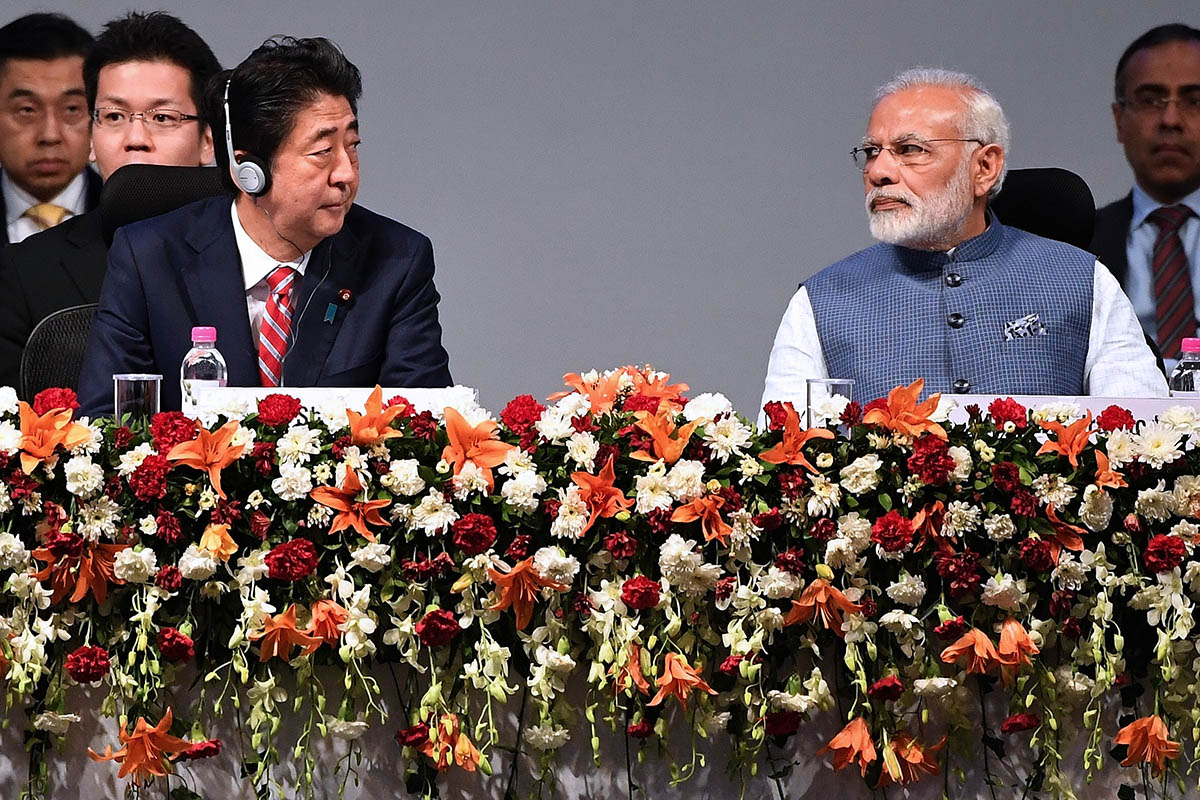During its recent Republic Day celebrations, India hosted all 10 ASEAN heads of state as its chief guests. Aside from being the guests of honour at the Republic Day celebrations, on the agenda was also the ASEAN-India Commemorative Summit, celebrating the 25-year relationship between India and ASEAN. At the summit, Indian Prime Minister, Narendra Modi invoked the country’s long, shared history with Southeast Asia as he called for even stronger cooperation between India and the bloc.
Many have pointed out that India is trying its best to woo ASEAN in the face of China’s growing influence in the region. China’s ambitious Belt and Road Initiative (BRI) launched in 2013 will no doubt cause concerns for India who has its own geopolitical agenda for the region. According to a report by PwC, the BRI is projected to cost almost a trillion US dollars and involves over 65 nations. India has already expressed its disapproval by boycotting the launch of China’s BRI project.
To complicate things further, Japan and India have now partnered up on a project that many have deemed as a move to counter China’s influence in the region.
Days after the BRI forum in May last year, Prime Minister Modi revealed to African leaders his plans for an Asia-Africa Growth Corridor at the meeting of the African Development Bank (AAGC) in Gujarat. According to Modi, the AAGC will create a “…free and open Indo-Pacific region.” Similar to China’s invoking of the Silk Road to sell the vision of its BRI, Modi harked on historical sea-routes that existed between Africa and South Asia.

The India Express reports that the AAGC is a maritime corridor that will link ports in Gujarat with Djibouti. In addition to that, there are also plans to link the corridor with South East Asia as ports in Calcutta will be linked to ports in Sittwe, Myanmar.
India’s attempts to make inroads into Africa could be due to China’s growing influence there too. At the moment, Forbes has reported that China accounts for 27% of Africa’s exports and has recently backed US$60 billion worth of investments in the continent.
“It is quite apparent that the Asia-Africa Growth Corridor is Tokyo’s alternative to the One Belt, One Road (OBOR) Initiative,” said Harry Sa, a senior analyst at the S. Rajaratnam School of International Studies (RSIS).
India and Japan have also partnered on an array of other projects around the world. For example, Japan has expressed interest in joining India to invest in Iran’s Chabahar ports. Rupakjyoti Borah, a Visiting Professor at the National University of Singapore wrote in Japan Forward that the Chabahar ports are important to India as Pakistan doesn’t allow India transit rights through their territories for access to Central Asia. Seeing as how China and Pakistan are developing the China-Pakistan Corridor, India’s investment in Chabahar is vital as the port opens up trading routes in Central Asia.
The Economic Times has also reported that Japan and India are expected to work together in developing ports in Colombo and Trincomalee in Sri Lanka.
Aside from that, India has made other big geopolitical moves that could counter growing Chinese influence in the region. India’s project with Iran and Russia dubbed the North-South Transport Corridor (NSTC) will link India with Iran and Russia and is nearing completion. The NSTC is a 7,200 kilometre trade corridor that involves land and sea routes. The Economic Times reports that the NSTC is expected to be operational by the end of the month.
In an attempt to make its influence felt in the ASEAN region, India is currently working on the India-Myanmar-Thailand Trilateral highway which stretches from Manipur to Mae Sot in Thailand via Myanmar. This highway is part of India’s initiative to energize their north eastern region which shares common borders with China and Myanmar. This is in line with India’s Look East policy which aims to increase their clout in the region.
Other initiatives like the “North East Road Network Connectivity Improvement Project”, is an initiative to improve infrastructure in India and has already received Japanese backing. In a press statement released by Japanese International Cooperation Agency (JICA), Japan has signed an agreement to loan India 67 million yen to assist in the first phase of the project.
As Japan and India continue to work together to strengthen bilateral cooperation, their efforts are still dwarfed by the scale of China’s investments and projects in the region. The AAGC is rather miniscule when compared to what the Chinese have planned for the BRI which involves 6 land corridors and 2 maritime routes. China has also pledged investments worth US$60 billion in Africa and are looking to open up a military base in Djibouti, their first ever foreign military base.
While efforts made by Japan and India to maintain geopolitical balance is commendable, the two nations are still a long way off from countering China’s established influence in the region.
Recommended stories:
